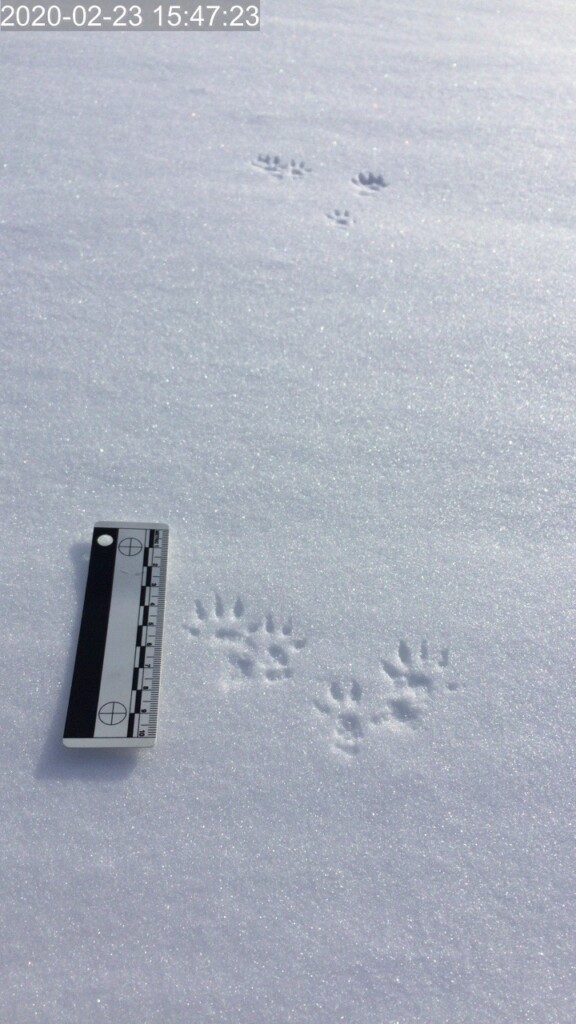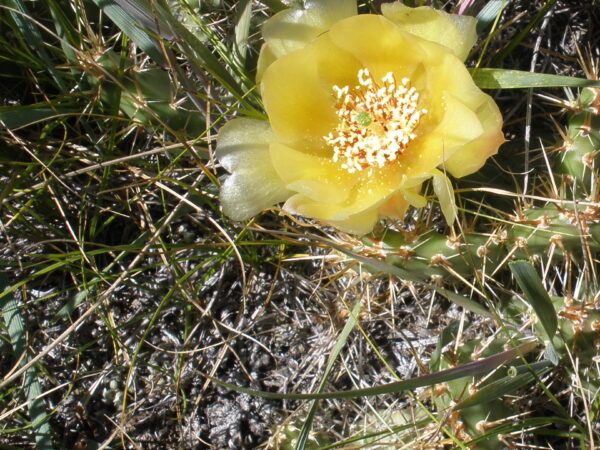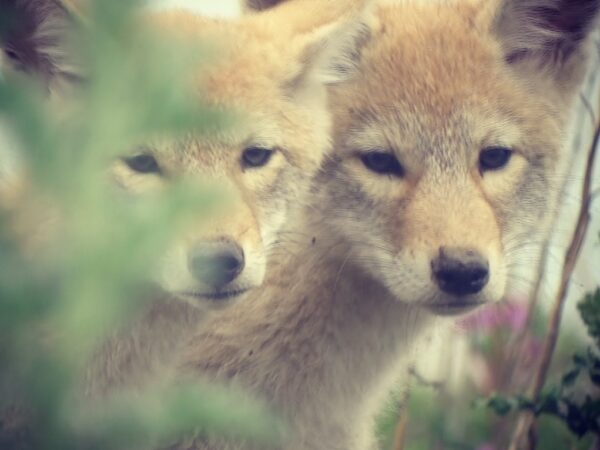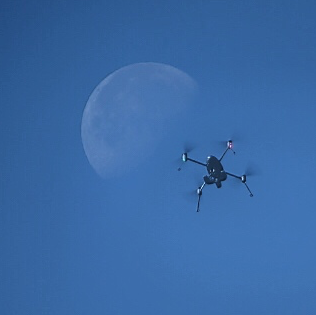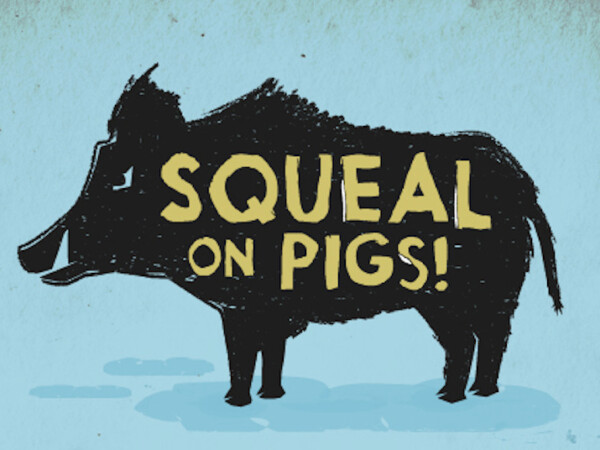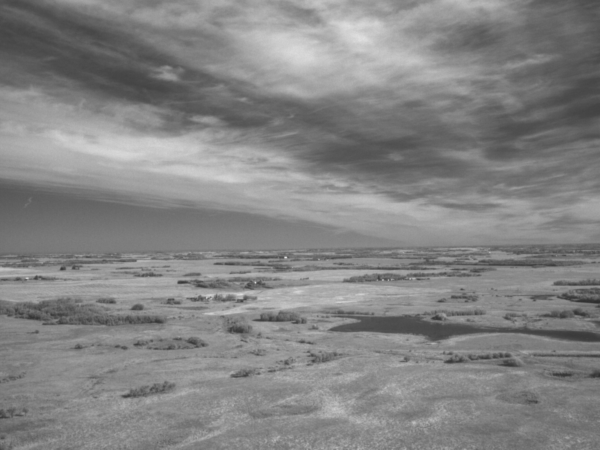Fiera Biological recently hosted one of North America’s top wildlife trackers, David Moskowitz, to run a two-day field-based wildlife track and sign evaluation workshop. The workshop was an opportunity for participants to advance their abilities in wildlife track and sign identification and interpretation, with the potential of earning an internationally-recognized Track and Sign Certification from Tracker Certification North America (also known as Cybertracker™). This was Alberta’s first Wildlife Track and Sign Evaluation.
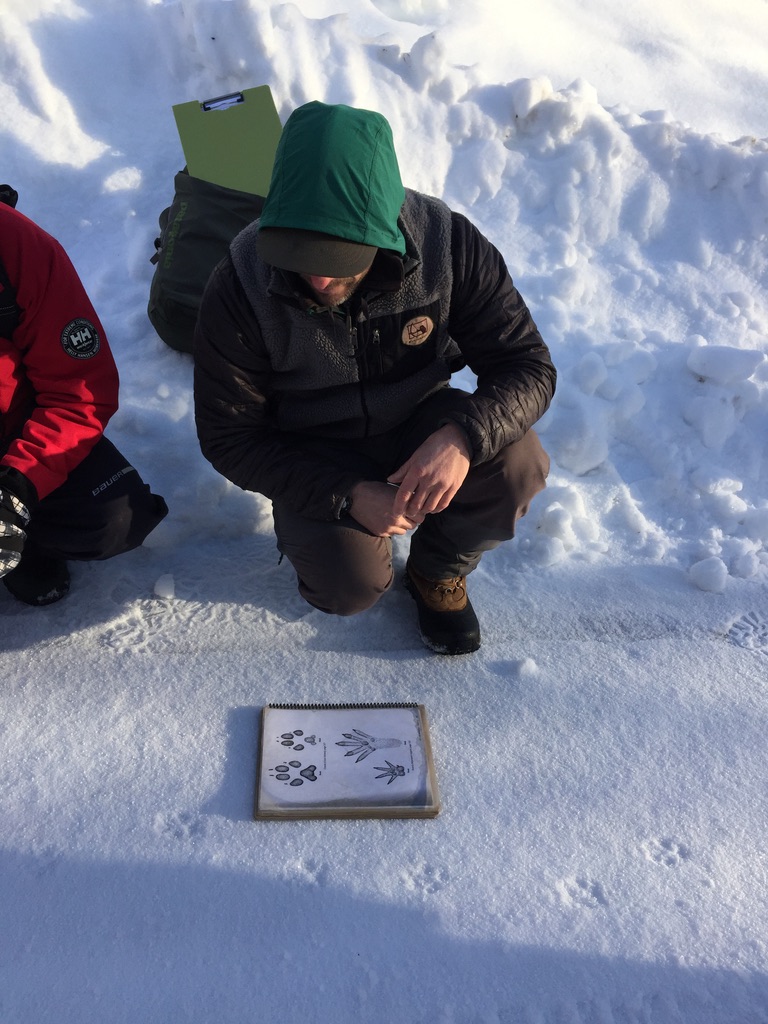
While some may think that wildlife tracking is only for professionals or hard-core naturalists and outdoor recreationists, the fact is that tracking is for everyone. Exploring the tracks and signs left behind by wildlife deepens our understanding of the natural world, and inspires us to think about why that animal was there, what it was doing, and where it was going. It allows us to put ourselves in the shoes (or in this case paws or hooves) of wildlife, in order to see and understand the landscape from their perspective. It expands our walks in nature so that they include not only the wildlife before our eyes, but also the signs and messages left in secret. Wildlife tracking is one of the most accessible ways of building empathy and knowledge for nature and there is no need for special equipment: all you need is your eyes, your reasoning skills, and your ever-expanding knowledge and understanding of wildlife. Learning about tracking also creates a virtuous cycle – your knowledge of wildlife helps you identify and interpret a track, and this, in turn, deepens your understanding of wildlife, which makes you a better tracker … and so on. As a result, tracking can result in a richer outdoor experience for all involved.
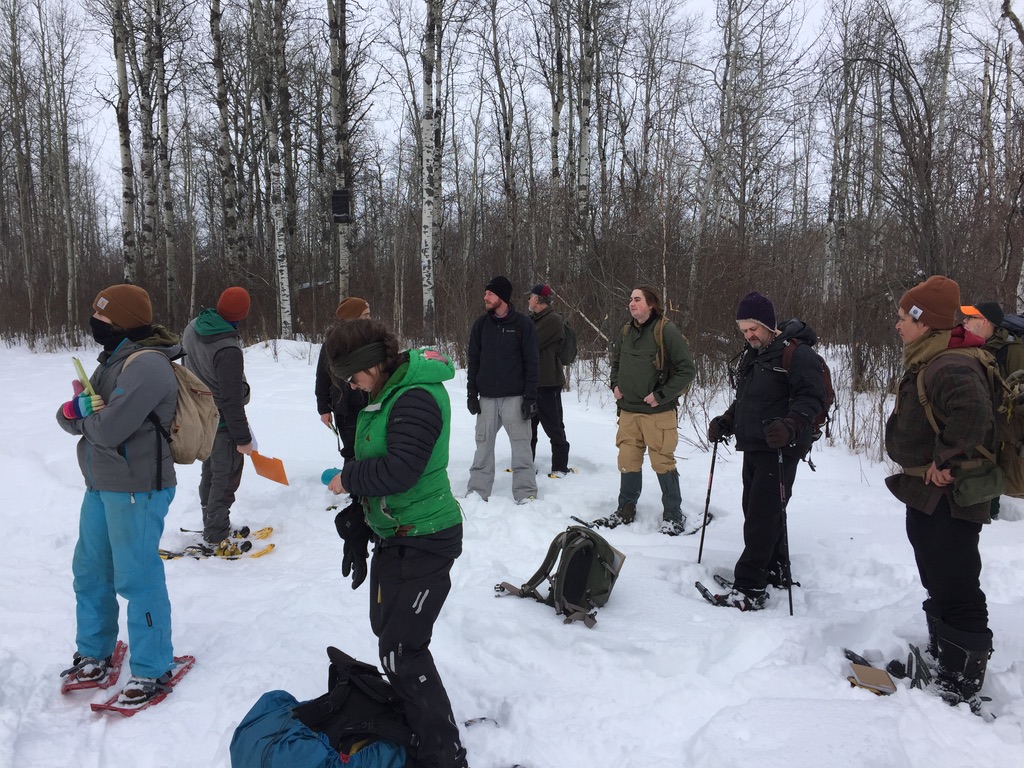
Given the wide-appeal of tracking, our evaluation attracted participants from many walks of life, including biologists, outdoor educators, students, teachers, guides, and software developers who were all seeking to expand and test their knowledge.
Credentials were not guaranteed just by attending the Evaluation, rather, individuals had to earn a certification based on their knowledge and understanding demonstrated over the course of the weekend. Different levels of certification are possible, and each level allows an individual to assess their tracking skills relative to an established standard. Participants that achieved a Level 1 certification have a good foundation of tracking knowledge, they recognize the tracks of larger and more common species, but have much more to learn. Those achieving a Level 2 certification could correctly identify and interpret the tracks of most common species, large and small, and are skilled enough to teach children to track, but aren’t ready to collect tracking data. A Level 3 certification is kind of like earning your black belt in tracking, and individuals achieving this level could identify and interpret the sign of nearly any species. Their knowledge is considered sufficient for teaching and mentoring other trackers, and for collecting reliable scientific data. Level IV is rarely achieved, and requires a perfect score over the 2-day Evaluation. Individuals achieving this level are considered to be “professional trackers” and are so advanced in their knowledge that it will take the combined knowledge of two Evaluators and a special evaluation format to advance them to the fifth and final level – Track & Sign Specialist.
Despite the pressure of this scaled achievement standard, and spending two days hiking outdoors in isolated terrain and uncertain weather, the workshop participants of Alberta’s first Track & Sign Evaluation were determined and enthusiastic, and they generously shared their experiences, perspectives, and thought processes during question de-briefs. Many personal goals were realized over the course of the two days, along with a healthy dose of humility. Various levels of certification were earned, including five Level 3 certifications.
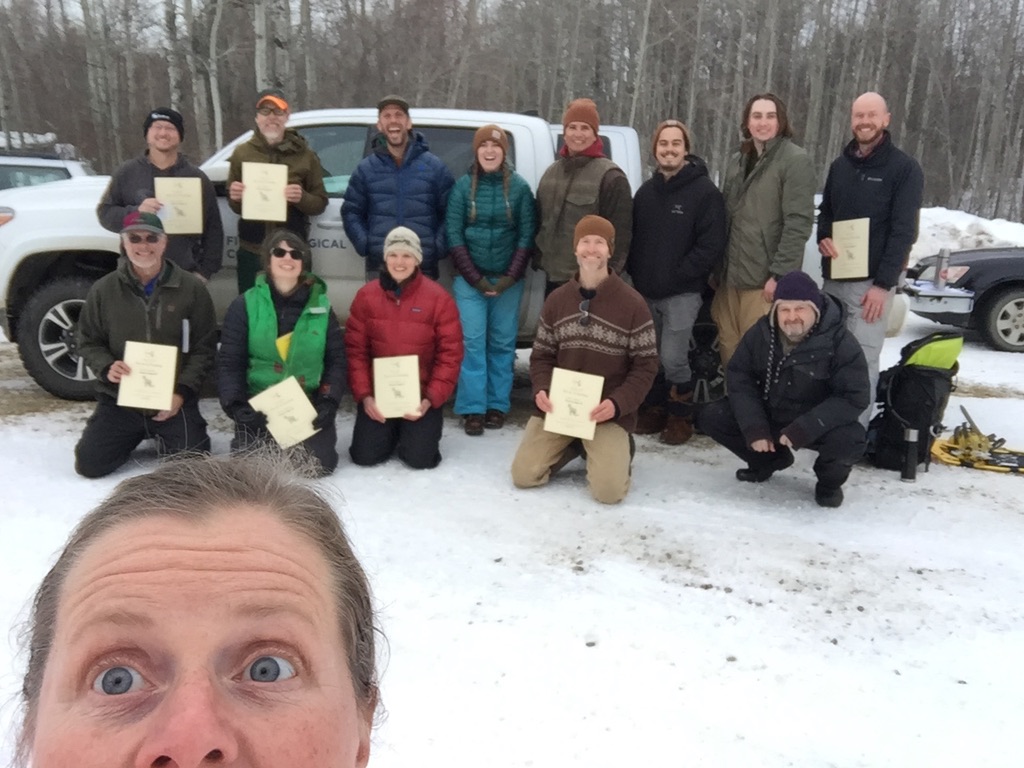
It is our ambition to host more Track and Sign Evaluation workshops in the future, such that we can advance the level at which professionals practice wildlife tracking in Alberta, as well as to provide an opportunity for professionals and recreationists alike to expand their knowledge and appreciation for this important skill. Ultimately, we hope to help Albertans develop a deeper connection to, and understanding of wildlife, such that their outdoor experiences are enriched, and the value and importance of wildlife and habitat conservation and protection is better understood.
Plans for the next Track & Sign Evaluation are already in the works, and tentatively scheduled for May 14 & 15, 2022, in the Crowsnest Pass. Anyone interested in learning more about future tracking workshops can find Fiera’s current workshop offerings posted here. To make sure you don’t miss out on the latest workshop offerings, join our email and newsletter mailing list. If you already have some tracking skills and interest, consider submitting your wildlife track observations to Naturelynx, a citizen science program that monitors the occurrence and distribution of wildlife in Alberta through the submission of photos of organisms and their tracks and signs.
